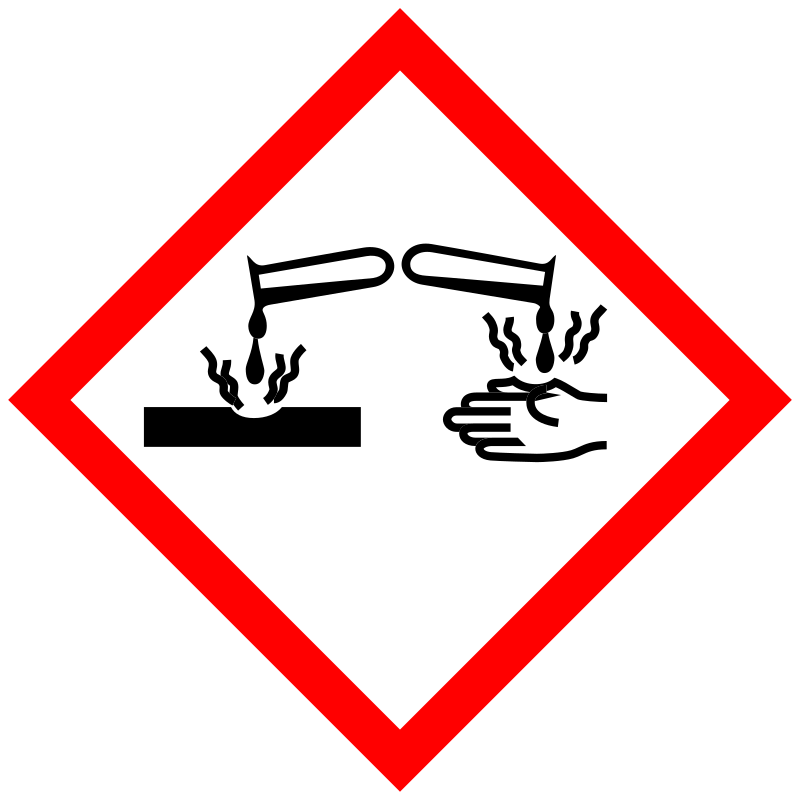D1141 | triethoxy(2-methylpropyl)silane
| Toxicity | Dose | Time | Species | Model | Method | Action | Positive criterion | Reference |
|---|---|---|---|---|---|---|---|---|
| MEMBRANE POTENTIAL | 28.92±6.98 | human | qHTS-HepG2 | MMP assay | decrease | IC50 | 163 | |
| MEMBRANE POTENTIAL | 35.48 | human | HepG2 | MMP assay | decrease | IC50 | 163 | |
| MEMBRANE POTENTIAL | rat | hepatocytes | MMP assay | Negative | IC50 | 163 | ||
| Pictogram | Signal | Statements | Precautionary Statement Codes |
|---|---|---|---|
 |
Warning |
H315: Causes skin irritation [Warning Skin corrosion/irritation] |
P264, P280, P302+P352, P321, P332+P313, and P362; (The corresponding statement to each P-code can be found at the GHS Classification page.) |
 |
Warning |
Aggregated GHS information provided by 30 companies from 1 notifications to the ECHA C&L Inventory. H315 (100%): Causes skin irritation [Warning Skin corrosion/irritation] Information may vary between notifications depending on impurities, additives, and other factors. The percentage value in parenthesis indicates the notified classification ratio from companies that provide hazard codes. Only hazard codes with percentage values above 10% are shown. |
P264, P280, P302+P352, P321, P332+P313, and P362; (The corresponding statement to each P-code can be found at the GHS Classification page.) |
  |
Danger |
Aggregated GHS information provided by 60 companies from 2 notifications to the ECHA C&L Inventory. Each notification may be associated with multiple companies. H314 (36.67%): Causes severe skin burns and eye damage [Danger Skin corrosion/irritation] H315 (100%): Causes skin irritation [Warning Skin corrosion/irritation] Information may vary between notifications depending on impurities, additives, and other factors. The percentage value in parenthesis indicates the notified classification ratio from companies that provide hazard codes. Only hazard codes with percentage values above 10% are shown. |
P260, P264, P280, P301+P330+P331, P302+P352, P303+P361+P353, P304+P340, P305+P351+P338, P310, P321, P332+P313, P362, P363, P405, and P501; (The corresponding statement to each P-code can be found at the GHS Classification page.) |
 |
Warning |
H315: Causes skin irritation [Warning Skin corrosion/irritation] |
P264, P280, P302+P352, P321, P332+P313, and P362; (The corresponding statement to each P-code can be found at the GHS Classification page.) |
| (2-Methylpropyl)triethoxysilane | 0YZ0G6Z2XH | 17980-47-1 |
| ACM17980471 | AKOS016011185 | C-54089 |
| CAS-17980-47-1 | CHEMBL3186627 | CTK4D7392 |
| DSSTox_CID_24857 | DSSTox_GSID_44857 | DSSTox_RID_80535 |
| DTXSID1044857 | Dynasylan Ibteo | EC 402-810-3 |
| FS-3836 | FT-0697855 | I482 |
| Isobutyltriethoxysilane | Isobutyltriethoxysilane, >=95% | KS-000018IX |
| MFCD00069084 | NCGC00256052-01 | Q27237362; |
| S10150 | SCHEMBL104863 | ST24050258 |
| Silane, triethoxy(2-methylpropyl)- | Silane,triethoxy(2-methylpropyl)- | Tox21_301397 |
| Triethoxy(isobutyl);silane | Triethoxy(isobutyl)silane | Triethoxyisobutylsilane |
| UNII-0YZ0G6Z2XH | ZINC169744737 | iso-butyltriethoxysilane |
| triethoxy(2-methylpropyl)-silane | triethoxy(2-methylpropyl)silane |
| CAS Number | 17980-47-1, 1830-05-3 |
| PubChem Compound | 87391 |

